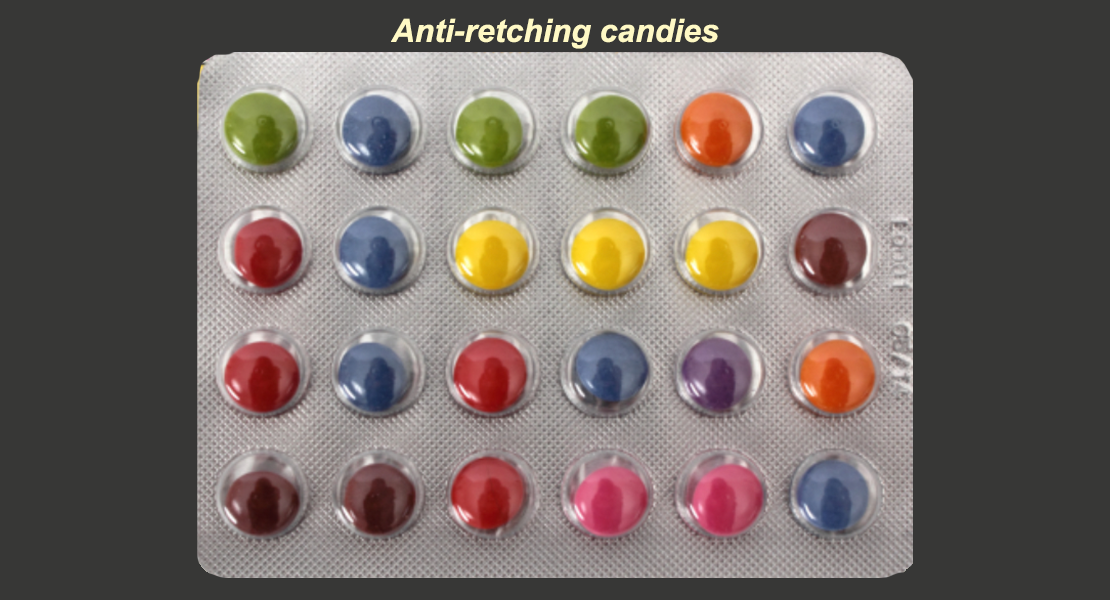Der Mann mit den Anti-Würge-Bonbons: eine ungewöhnliche Somatisierung
Ein Mann kommt mit einem Würgesyndrom (ohne Übelkeit oder Erbrechen) zur Therapie, das sein tägliches Leben seit 30 Jahren beeinträchtigt. Trotz mehrerer medizinischer und psychologischer Therapien ist das Symptom nicht zurückgegangen. In der Präsentation werde ich zeigen, wie die Arbeit des IS-TDP am Widerstand und einige Entschlüsselungen des Unbewussten es ihm ermöglichten, das in früheren Therapien erworbene kognitive Verständnis seiner eigenen mentalen Funktionsweise mit einem eher emotionalen Verständnis zu verbinden. Dies führte zu einer massiven Verringerung des Würgesymptoms. Ich werde die Schritte von den Symptomen über den inneren Konflikt bis hin zur Lösung aufzeigen und dabei betonen, wie man vergangene Traumata auflöst.
- 9 Aufrufe


